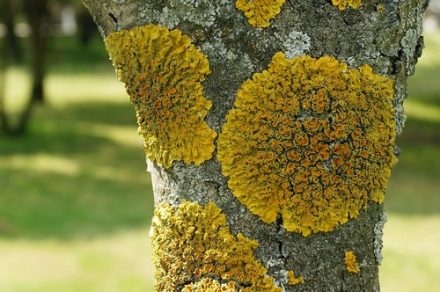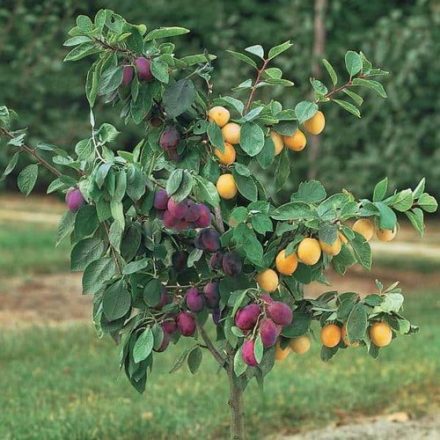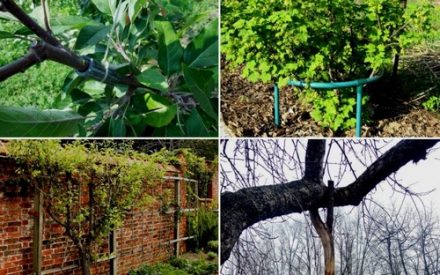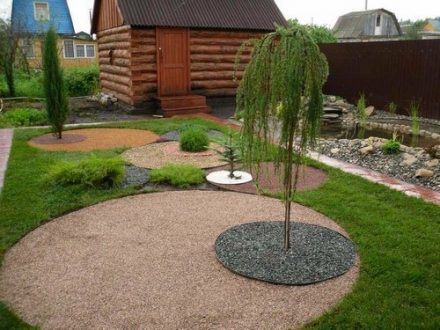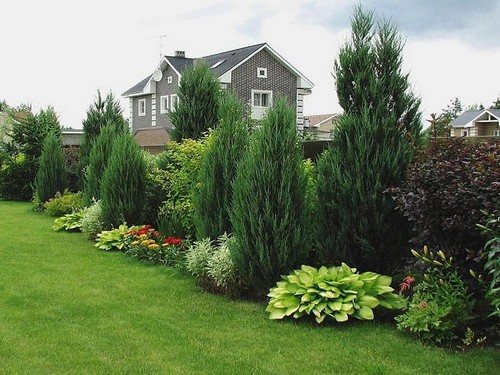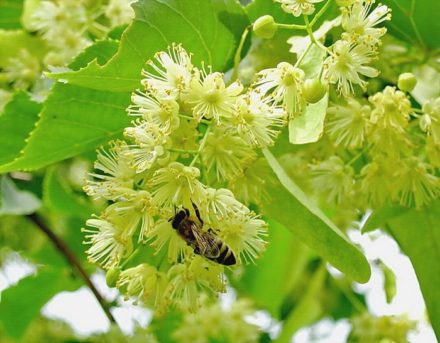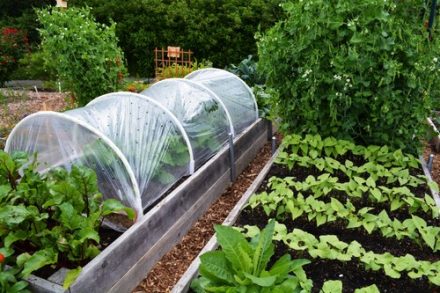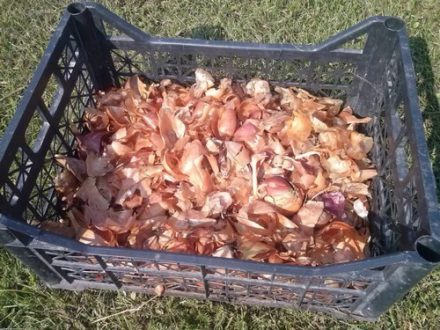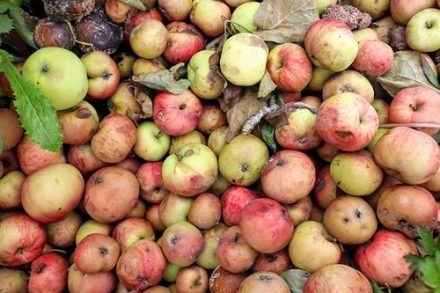For planting in a summer cottage, you should select zoned seedlings. However, even this approach does not always save trees from freezing in winter. Roots can suffer from frost, and frost cracks sometimes appear on the bark. Using certain techniques can increase the winter hardiness of fruit trees.

Proper watering
Winter hardiness of a plant implies not only the ability to tolerate frost well. This definition includes several qualities at once - resistance to temperature changes, cold wind and other unfavorable factors. Proper care during the growing season will allow the tree to safely survive the winter. One of the important factors is proper watering.
In hot and dry summers, trees must be watered, and it is important that the water penetrates to a significant depth. Only in this case will irrigation be effective. Also, one should not forget about moisture-charging autumn watering. It is carried out if the autumn is dry. An abundance of moisture prevents the soil from freezing and has a beneficial effect on the development of the tree in the next season.
Rules for autumn watering:
- you need to start the procedure on a clear, fairly warm day (at a temperature of +10 ° C);
- in any case, you need to have time to irrigate before the frost arrives, for the middle zone, the dates fall around mid-October;
- the rate of water application depends on the age of the tree;
- when the cherry or apple tree is 5–6 years old, add 9 buckets of water to the circle around the trunk;
- if the soil is wet, the norm is reduced to 6 buckets;
- water must be added gradually so that it has time to be absorbed and not spread;
- As a result, the soil should be saturated with moisture to a depth of 1 meter.
If there is a lawn in the tree trunk circle, punctures are made along the perimeter of the crown with a depth of 20 cm and a diameter of 3–4 cm.
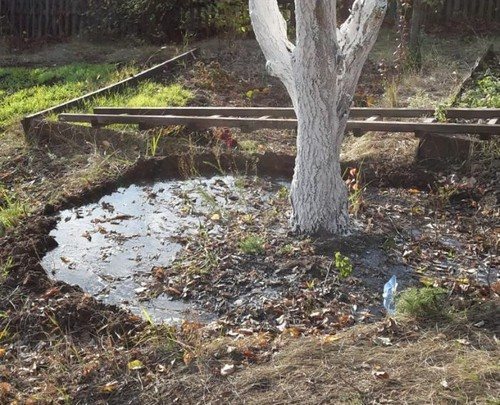
Water is then poured into these holes. If there is a soil crust under the tree, the soil must first be dug up to a depth of 5–7 cm. After watering, the tree trunk circle should be mulched with peat or humus - this will prevent moisture evaporation.
Balanced feeding
Nitrogen fertilizing for fruit trees is applied in early spring. This allows rapid growth of shoots. During subsequent fertilization, complex mineral preparations are used. Their composition is balanced and provides plants with all the necessary substances.
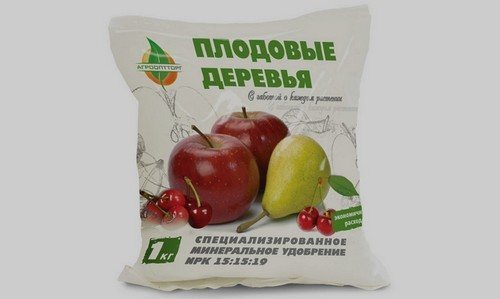
Today, many manufacturers produce special series of fertilizers for fruit trees, including:
- "Hello";
- "Nov-agro";
- "Agrovita";
- "Good Power"
Starting from the second half of summer, it is necessary to exclude nitrogen from fertilizing, otherwise the trees will experience a delay in growth and, as a result, a decrease in winter hardiness. Starting from the second half of July, crops are fed with phosphorus-potassium fertilizers. Approximately a glass of granules is added to each mature tree. Fertilizing is carried out every 2 weeks until the tree begins to shed its leaves.
Disease and pest control
Infestation by diseases and harmful insects leads to weakening of fruit trees. It is necessary to regularly inspect the plantings in order to promptly identify symptoms of diseases and the presence of pests. If a problem is discovered, it is addressed promptly.
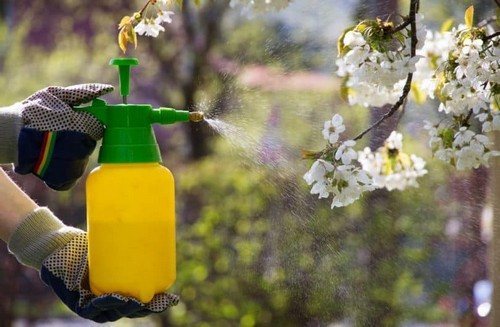
To combat fungal diseases, fungicides are used, and insects are poisoned with suitable insecticides. The stronger and healthier the tree is, the easier it will survive the coming of winter. Don’t forget about preventive garden treatment in early spring and late autumn. For this purpose, copper or iron sulfate is often used.
Timely harvesting and rationing of crops
A heavy harvest can greatly deplete the plant. This is especially true for young specimens that have recently entered fruiting. If a tree bears too many fruits, some of them are removed soon after the ovaries form. This procedure will only allow the summer resident to win.
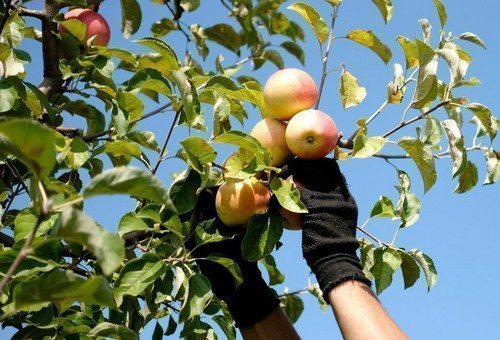
The remaining fruits will be larger and tastier. Harvesting must be done in a timely manner. Overexposure of fruits on the branches leads to a decrease in the winter hardiness of the crop. The harvest date can be easily determined by the appearance of the fruit. They should gain mass characteristic of the variety, acquire a typical color, and be well separated from the fruit branches.
Snow retention works
The roots of trees are more sensitive to the effects of frost than the above-ground part, therefore, before the arrival of winter, it is advisable to insulate the root zone by carrying out snow retention work.
Spruce branches or pine branches are laid out next to the trunk. The needles hold the fallen snow well. Thanks to this “insulation”, the roots will be reliably protected from low temperatures.


